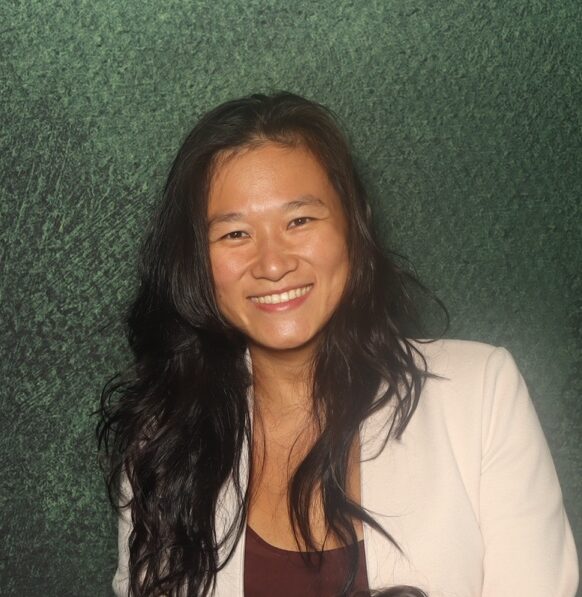About Samie Ly
Founder. Researcher. Artist. Author.
Hi! I am Samie Ly.
I help organizations make better people decisions: who to hire, who to promote, and how to build teams that perform with clarity and care.
My work is grounded in two decades of research, challenge design, and lived experience. I’ve studied how people create knowledge, how leadership shows up under pressure, and how organizations can grow by investing in their people on purpose.
I’m the CEO and co-founder of Innovatank, a platform that replaces guesswork with performance insight through real-world simulations. I’ve designed leadership challenges for students, startups, Fortune 500 companies, and cross-functional teams in industries from aviation to sustainability.
But titles aside, what I really do is listen, build, and design spaces where people show what they’re capable of.
I believe in quiet leadership, strategic depth, and creating systems that help people grow not just be measured.
The Artist
As a surrealist artist, I create dreamlike compositions that blend imagination, science and lived emotion.
My paintings explore love, beauty, and resilience – universal themes expressed through deeply personal experiences.
My signature style features:
– Kintsugi – the art of mending with gold
– Soft, surreal palettes and shimmer
– Rich accents of pure gold pigment and 24KT gold leaf
My work draws inspiration from Salvador Dali’s surrealism and Gustav Klimt’s ornamental symbolism, merging both into a visual language that is as poetic as it is profound.
The Author
Samie is the author of the Quiet series – including Quiet: Building Influence Without Noise, Structure: Rethinking Systems, Restoring Meaning, and Fuel: Transforming Love into Creative Power.
Her writing reimagines success through balance, stillness, and depth, blending behavioral science, leadership insight, and human emotion.
Beyond writing and painting, she studies the violin alongside her children, Emi and Dean – a personal practice reflecting her lifelong pursuit of harmony, legacy, and presence.
Through scholarship and art, Samie seeks one truth:
to make complexity human, and emotion understood.

Let’s Work Together
I speak at conferences, advise institutions and corporations on leadership and co-design strategic hiring experiences that lead to smarter outcomes.
What Guides My Work
4 Principles Behind Everything I Build
1. Learning should lead to transformation
Change is inevitable. Growth is a choice. I build systems that help people change with intention by giving them space to act, reflect, and improve.
2. Collaboration reveals new intelligence
We don’t learn alone. When people think together, they build insight that no single individual could reach. I design environments that make that possible.
3. Meaning is the shortcut to mastery
When something makes sense, it sticks. Whether I’m designing a challenge, a keynote, or a process it has to feel real. Otherwise, it won’t last.
4. Growth doesn’t end with the session
A good experience leaves room for what’s next. I create tools and ideas people can keep growing with, long after the challenge or conversation is over.
